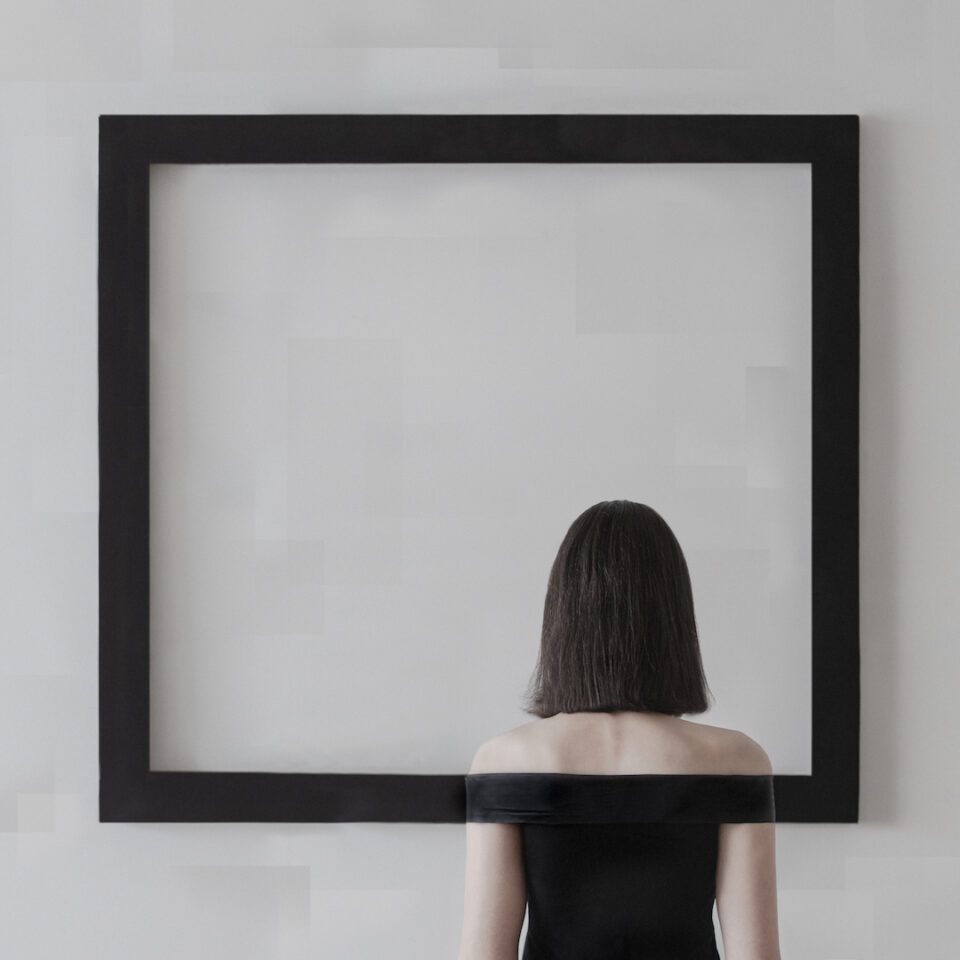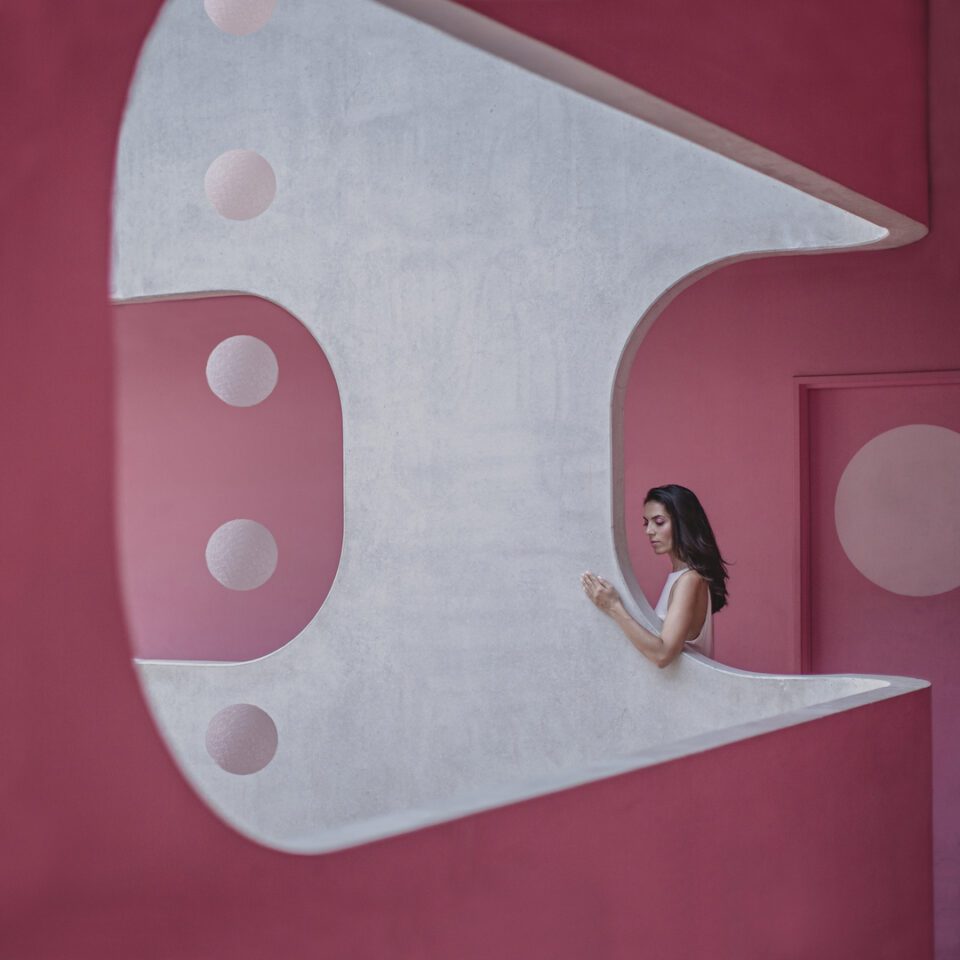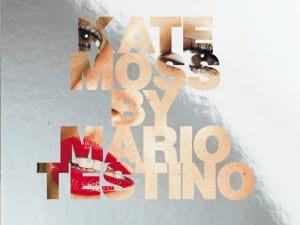Origami is the ancient art of paper folding. Today, the craft is known the world over, yet its earliest origins remain shrouded in debate. Paper was invented over 2,000 years ago. Fast forward to the 15th century, and origami had become prominent as an art form in Japan and in Europe. One of the oldest documents on the subject is the Senbazuru Orikita (One Thousand Origami Cranes), produced in the late 18th century. Despite its contested beginnings, the first principles of origami remain true to this day: turning a two-dimensional sheet into an array of complex shapes, from simple forms to intricate patterns.

Dasha Pears (b. 1982) is Helsinki-based artist using the instruments of surrealism, minimalism and colour to tell stories with a twist. Her visual lexicon includes paper planes and cranes, which fly across faces and buildings in the Life of Folds series. Here, origami forms are used to represent unresolved, and, at times, overwhelming emotions. Doppelgängers throw cardboard aircraft from curved pink windows – as if sending a message, or letting something go. This message reflects Pears’ wider philosophy, which is rooted in psychorealism: “I believe that any emotion should be felt rather than suppressed,” she notes.

Another of Pears’ collections is titled The Dark Days of the Soul (shown below). It’s a series of monochromatic images inspired by the Finnish winter. “Each work covers a particular state of mind that I translate into a visual form,” the artist notes. “Some of them are truly dark, some are bright, but this is how the duality of life works: we wouldn’t be able to see light without the darkness.” Here, anonymous characters are absorbed into empty frames, for example. Other black-and-white works include Polka Dot (2018), which shows a figure painting spots on a blank wall, whilst dressed in a contrasting – yet identically patterned – outfit. “Circles or spheres are a representation of universality for me,” Pears explains.

The photographer shoots all these details on location. “Each photo takes from one week to several months of planning: thinking through the story and the plot, planning the colour scheme, sketching, scouting for locations, creating the props, choosing the suitable wardrobe, looking for the right makeup and hairstyle and blending it all together.” Digital editing is a key part of the process, but it’s usually not undertaken until two or three months after the completion of a shoot – giving Pears time to reevaluate and ruminate on the story she wants to tell. “The whole initial concept might change when I work in Lightroom and Photoshop.”

In these works, Pears blends minimalism and the “tranquility and calmness of Scandinavian nature” with an array of visual cues from science fiction, surrealism, classical painting and post-impressionism. The results are filled with unexpected contrasts, symbols and, ultimately, a sense of play. As pastel pink balls float in mid-air, or figures are followed by a trails of origami, viewers are encouraged to ask: what happens next? This is the secret to Pears’ ever-evolving world. “For my work to be successful, it has to be surprising.”

dashapears-art.com | @dashapears.art
Words: Eleanor Sutherland
Image Credits:
1. Dasha Pears, Polka Dots – Helsinki, 2018
2. Dasha Pears, Life of Folds – Fly
3. Dasha Pears, Portrait of Self
4. Dasha Pears, Limitless
5. Dasha Pears, Aligned
6. Dasha Pears, Moons in Pink





